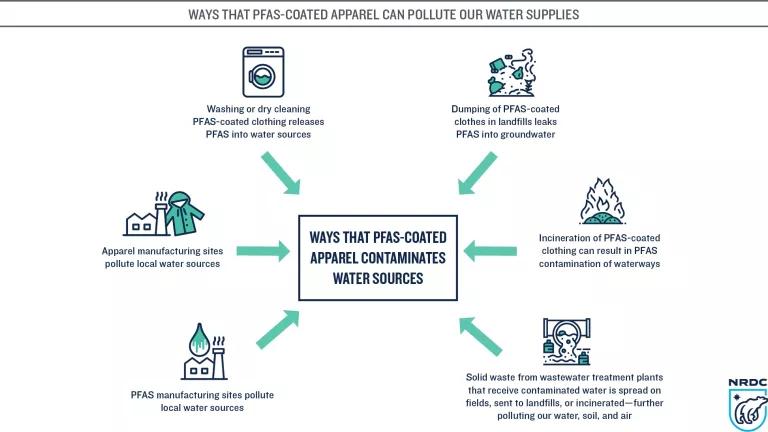Update: Reintroduced as SB 502 (Allen), the bill to fortify California's Safer Consumer Products Program, long-delayed because of Covid, was passed by the California Legislature, and now heads to the Governor's desk.
We are at a pivotal moment in the development of California’s Safer Consumer Products program, which aims to reduce exposure to harmful chemicals in consumer products and drive the transition to safer chemistries in products. After a 10-year retrospective report came out last year and identified a number of changes that are needed to strengthen the program and address barriers so that the program can deliver on its promise, State Senator Ben Allen introduced a bill (SB 392) to put several of those recommendations into practice. NRDC, Clean Water Action, and Environmental Working Group have been working closely with Senator Allen’s office to advance that legislation. It represents a rare alignment of key improvements to an important public health program with legislative attention, stakeholder consensus, and little to no fiscal impact on the state. California should seize the moment and put these changes in place. That’s because:
- As discussed in greater detail below, the bill addresses some fundamental barriers to the program’s optimal performance.
- Remarkably, after months of negotiation, the Senator’s office, our organizations, and industry stakeholders have been able to agree on a set of improvements that would strengthen the program while addressing industry concerns.
- In addition, amendments ensure that aspects of the bill that might incur costs are contingent on appropriation of funds by the Legislature so that the provisions do not create additional strain on the Department of Toxic Substances Control’s (DTSC) limited finances.
Here are the three key things that the bill does:
Better data
One of the most fundamental barriers that the program faces is a lack of clear authority to collect information on ingredients from manufacturers and suppliers of the products being reviewed. This leaves the program with one hand tied behind its back and having to resort to laborious, time-consuming, and incomplete research via online searches such as Google; expensive purchase of data that may be incomplete; or often unproductive requests for information that manufacturers are not obliged to respond to. SB 392 addresses this head-on and requires manufacturers and suppliers to respond to requests for information from the program, while protecting trade secrets. Amendments to the bill also respond to industry concerns about clear lines of responsibility for information production. If the bill passes, the program can seek information about ingredients in products as needed at any stage of evaluating a chemical or product, including as the program is determining its work plan for upcoming years.
Clear timelines and more transparent work plans
Accountability and transparency at the agency could be improved. Current work plans do not lay out a clear timeline for action and the agency does not have goals for how many product categories or subcategories to address. The bill would require the agency to address at least five product categories or subcategories in each work plan, provide timelines for progress, and complete the process for each category or subcategory within seven years. This will provide transparency and clarity for stakeholders, communicating the scope and ambition of the program for a given period, and allow for greater accountability for the program. This provision is subject to appropriation of funds by the legislature so that it would not impose additional burdens on the program’s limited resources.
Streamlined process and elimination of unnecessary drains on resources
The program’s experience over the last decade has highlighted some unintended redundancies and ineffective steps that cost the program time and resources. The bill would remove some of these unnecessary hurdles. It would eliminate one of two rounds of duplicative appeals of agency decisions concerning products and chemicals. And it would allow for an accelerated process for evaluating and responding to alternatives to a particular harmful chemical, at the program’s discretion, if comprehensive information about alternatives is available that addresses the statute’s criteria. Conversations with industry led to amendments that clarify the steps involved in the accelerated process and provide for adequate opportunities for input.
These changes are necessary to deliver on the promise of the program, which for all its potential has been very slow to attain meaningful reductions in toxic chemicals. The bill makes necessary changes that are key to protecting Californians against unsafe chemicals in products and to driving a transition to safer products. It takes advantage of a rare confluence of legislative attention and concerted efforts to reach agreement between proponents and opponents of the bill. It’s time to make these changes to arm the program to do its job and protect Californians. We urge the Legislature to pass and Governor Newsom to sign SB 392 before the legislative session adjourns on September 13.
This blog provides general information, not legal advice. If you need legal help, please consult a lawyer in your state.



